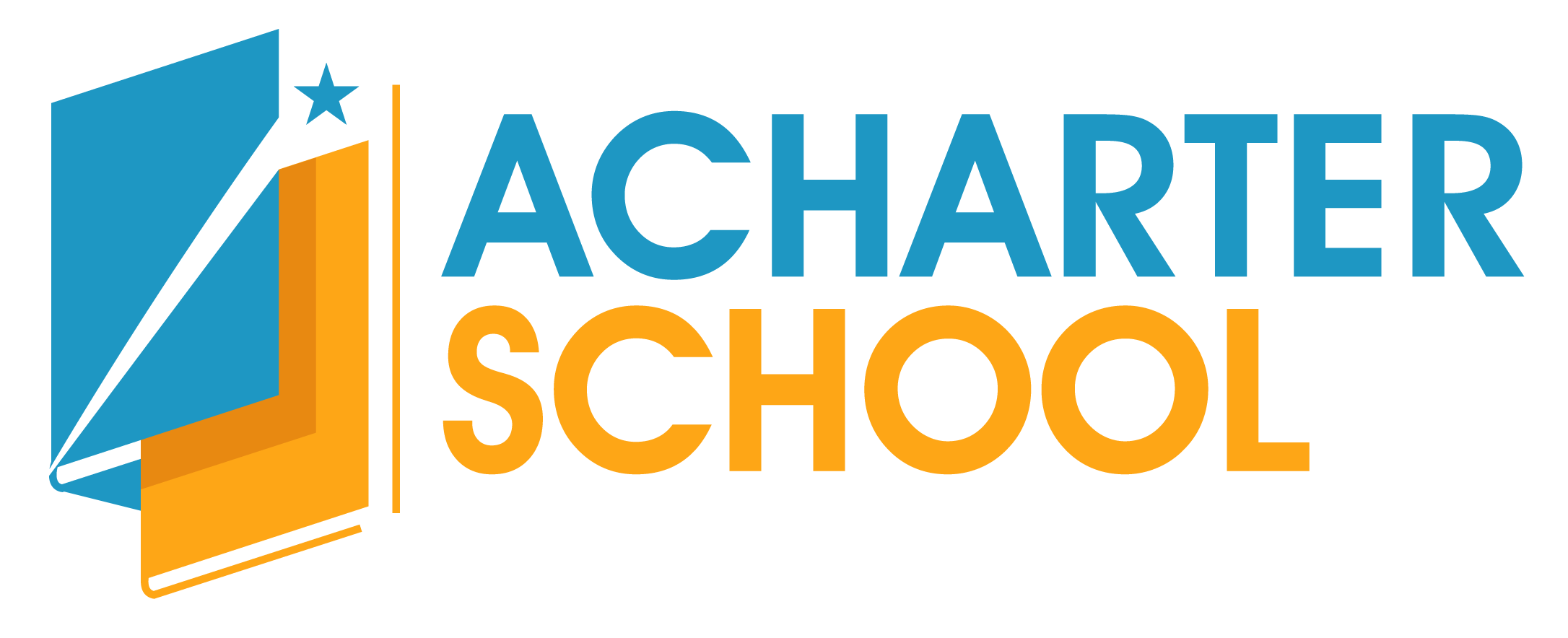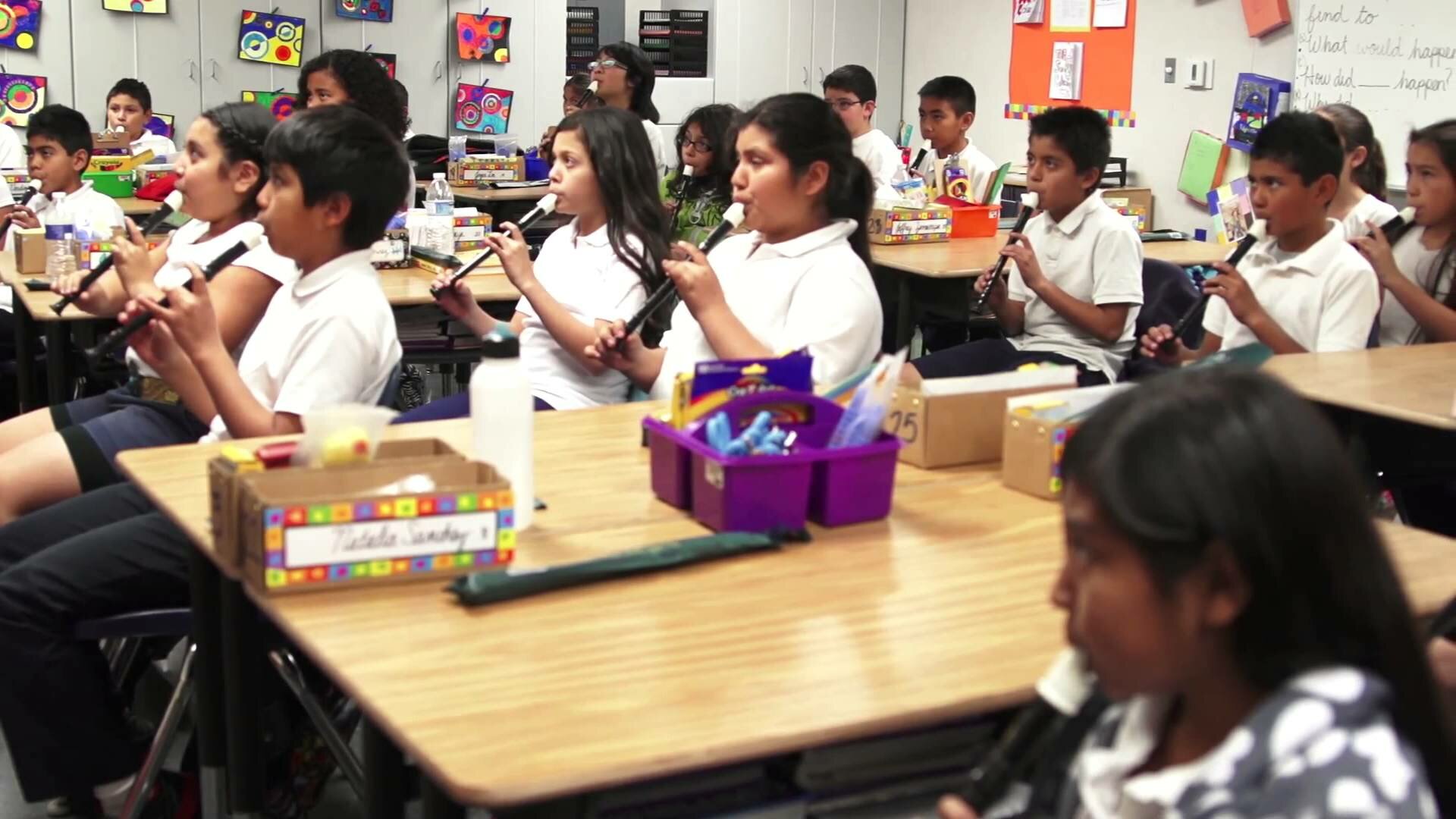Charter schools are public school that are free from tuition fees. These institutions also have more freedom when it comes to hiring employees, finance management, curriculum design and teaching methods, as compared to traditional public schools. Find out more about charter schools, their features, and how these impact the public school system.
Features of Charter Schools
Students who attend charter schools are not required to pay any tuition fees. These schools provide have more flexibility when it comes to determining and establishing their curriculum, standards in hiring and firing employees, budget, and methods of technique. Although, the laws followed in these schools are different in various states, the fact remains that charter schools are mostly non-sectarian with a contracted from a public agency or authority. It is possible to renew the contract given to the school, so it can continue receiving funds to operate.
Every charter school receives its funds from public tax dollars. The funding obtained by these schools depend on the number of students these appeal to, as well as the existing population of the school. In some states, the school board that governs the institution oversees the needs of the students and complies with the Board of Education.
The most important thing is that the school maintains a sense of flexibility, freedom and autonomy to teachers in developing innovative and effective programs in teaching their students.
Background of Charter Schools
The concept behind charter schools started in the latter parts of the 1970s and continued to maintain popularity in the 1990s. The early beginnings of this type of school came about with the support of the teachers’ union in urban districts.
In fact, these institutions were once known to be teacher-run, and the main purpose was to help students who are struggling with the traditional system. Furthermore, charter schools were designed to operate outside the big city school boards.
Over time, these schools gained the interest of the public due to their innovative teaching methodologies as introduced by teachers and activists who want to reform the education system. Charter schools have also become common alternatives to comprehensive and large high schools.
As time went by, supporters of these schools were worried that these schools began to create tiers of smaller schools catering to students, but without equal access. Union leaders were also not convinced about the undercutting of their powers. Thus, states started to pass legislation that are focused on the creation of charters required to avoid being selective of their students, just like what is being practiced in public school systems. This made charter schools more popular among parents and students.
While charter schools used to be a community-based institution that is initiated through teachers’ efforts, these became a more comprehensive school system that is funded by investors and foundations. The main goal is to establish a kind of privatized school system that was not its original purpose.
There may be different laws governing charter schools in every state, yet the fact remains that these are public schools that are privately-run. These schools have also eventually become very selective of students, until their relevance to the public system has reduced.
Impact of Charter Schools on Public Education
The population in charter schools has increased steadily over the past ten years. Even urban school systems have gone through this trend in charter schools. It is also worth noting that charters are generally everywhere in various states, and these make up much of the total enrollment found in urban areas.
In some urban districts, however, the enrollment in public schools have decreased due to the decline in the overall population as residents decide to leave the district or city. As a result, the revenue goes down, and this has led to cuts in programs and services.
On the other hand, charters became more attractive to parents as an alternative to public schools is of great importance to them. Slowly, charters gained the attention of students, while public districts lost more profits and began to have more cuts in services.
Traditional public schools districts began having problems since these were unable to adapt to the quick changes. In fact, public schools are becoming less and less capable of adapting due to lack of funding and a decrease in student enrollment. Nevertheless, parents have the power to pressure the district to maintain the operation of schools.
As for charter schools, these do not get enrollment from only one school. What these do is to pull enrollments from other districts, so while some public schools experience reduction in enrollments, charters continue to get a sufficient number of students to restructure the system and remain in operation. There is no such thing as empty charter schools even if cost-cutting measures are followed.
Another thing about charter schools is the fact that state policies provide support to these institutions. The policy in the state can authorize new schools and the pace of their growth. As for public school districts, these do not get the protection from any policies, unlike with charter schools.
There are states where the enrollment in charter schools has no limit, which means there are more students in these schools. In the case of public schools, the student population is quite stable, yet having a policy that can protect the school’s interest may be helpful, yet inconsistent.
Negative Effects of Charter Schools
At present, charter schools have become active in campaigning for the creation of less expensive and not so secure teaching staff, and teachers in these institutions are also not as unionized or experienced as the ones in public schools. They are also less likely to possess any state certification, which means these teachers are paid at a lower rate. Several charter school teachers also resign every year, and this doubles the turnover rate due to unsatisfactory working conditions.
Why Charter Schools are Good
Although, these are typical scenarios in charter schools, they strive to maintain the highest level of education to prevent closure of the institution. Since there are standards to be met, these schools do their best to attain the sets of objectives each year, so they can continue to serve their students who deserve to receive quality education.

